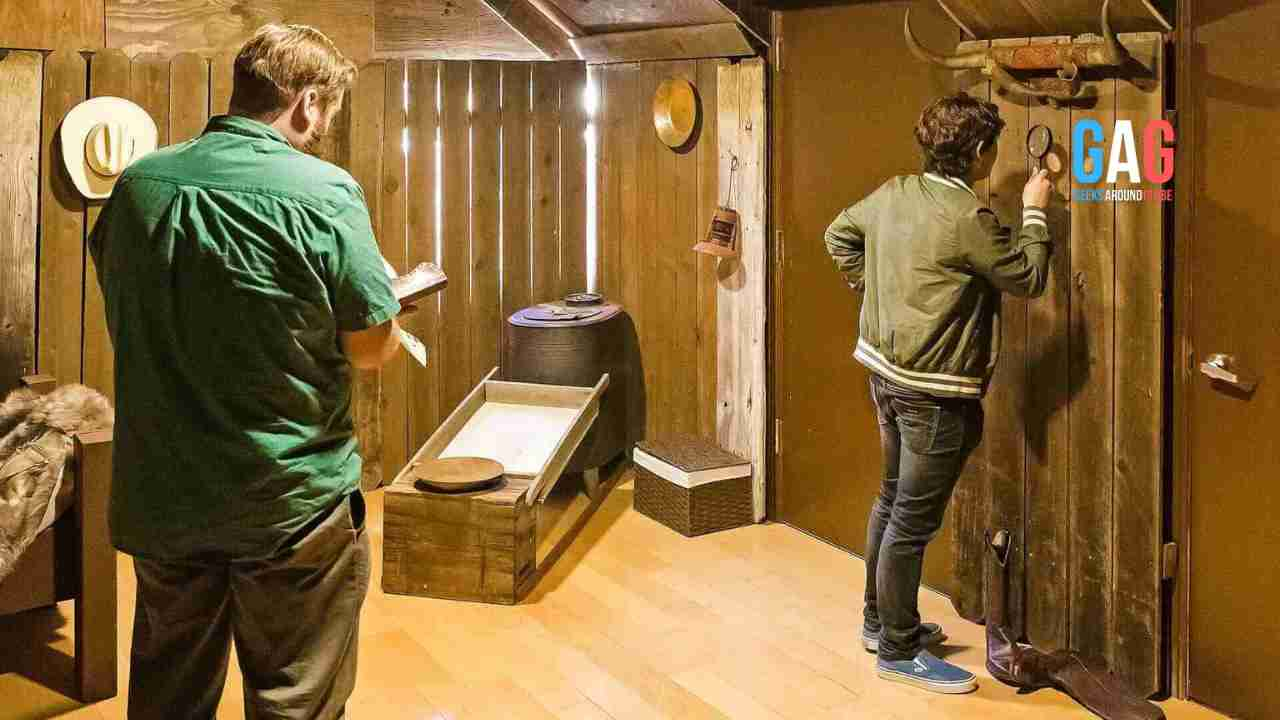Escape rooms have become a captivating and immersive pastime, pushing participants to unravel mysteries and crack puzzles within a ticking clock. These interactive adventures have enjoyed a surge in popularity, attracting groups of friends, families, and coworkers alike. Once inside, the players are confined to a themed setting, like a haunted house or a top-secret spy mission, and they must pool their skills to unearth concealed clues and stage their breakout. The palpable adrenaline, critical thinking, and collaborative spirit required to make escape rooms a thrilling and genuine test of intelligence and teamwork, ensuring an unforgettable experience for all who dare to enter.
Common problems that need to be solved in escape rooms
Escape rooms present a medley of challenges, from code locks and hidden objects to intricate logic puzzles. Participants must employ problem-solving skills, effective communication, and attention to detail to surmount these hurdles and escape within the given time frame.
- Code and combination locks:
Escape rooms frequently feature code locks or combination locks as a fundamental obstacle. Participants must decipher clues or riddles scattered throughout the room to uncover the correct numerical or alphabetical combinations. These locks can guard anything from hidden compartments to exit doors, making them a pivotal aspect of the escape room experience. The challenge lies in the need for meticulous searching, critical thinking, and effective communication within the group to swiftly unlock these barriers.
- Hidden objects:
Escape rooms often incorporate the challenge of concealing vital items or information that players must unearth to advance in the game. This might entail the search for keys, tools, or concealed documents tucked away within the room’s intricate decor. Successfully navigating this task requires a keen sense of observation, a meticulous examination of the surroundings, and the seamless collaboration of the participants to both spot and utilize these concealed elements effectively.
- Logic puzzles:
Logic puzzles, often woven into the storyline of the escape room, require players to solve enigmas and connect dots using deductive reasoning. These can range from deciphering cryptic messages, arranging objects in a specific order, or completing patterns and sequences. Solving these puzzles necessitates a sharp intellect and the ability to piece together disparate clues, fostering a sense of accomplishment when the solution is unveiled.
What makes escape rooms exciting and fun?
Escape rooms provide an exhilarating and enjoyable experience through a blend of captivating narratives, intellectual puzzles, and opportunities for social interaction and teamwork. These elements work in harmony to ensure that participants are not merely entertained, but also mentally stimulated and fully engaged throughout the adventure.
- Engaging storylines:
Escape rooms come alive through captivating storytelling. Participants immerse themselves in gripping narratives, like uncovering a murder mystery or dismantling a spy conspiracy. This adds layers of excitement and depth, making players feel like integral parts of a thrilling adventure with a compelling beginning, middle, and resolution. This immersion in a dynamic story is what truly makes escape rooms an exhilarating and enjoyable experience, where discovery meets the art of storytelling.
- Intellectual challenge:
At the heart of what makes escape rooms so captivating is the mental challenge they offer. Inside, players face a diverse array of puzzles, riddles, and enigmas that call upon their problem-solving abilities and creative thinking. Whether it’s unraveling a cryptic message or connecting the dots to unlock a safe, the intellectual stimulation keeps participants deeply engaged and thoroughly entertained. This mental engagement is a defining feature of the escape room experience, providing a fulfilling sense of accomplishment and joy as players conquer each cerebral hurdle.
- Teamwork and social interaction:
Escape rooms foster collaboration and teamwork among participants. Solving puzzles and finding hidden clues requires effective communication, division of tasks, and the pooling of collective skills. This aspect enhances the social experience and strengthens bonds among friends, family, or coworkers, making it a perfect activity for team building or a fun night out.
Mistakes to avoid when entering escape rooms
When embarking on an escape room adventure, having a solid game plan is essential for a successful outcome. Here are three prevalent blunders to steer clear of:
- Ignoring team communication:
One of the primary blunders is neglecting effective communication within the team. Failing to share findings, clues, or insights can impede progress. To overcome this, maintain open and constant communication. Discuss your discoveries, hypotheses, and solutions with your teammates to ensure everyone is on the same page.
- Overlooking details:
Many participants make the error of disregarding seemingly inconsequential details within the room. Escape rooms are designed to be intricate, and even the smallest objects can hold significant clues. Vigilantly scrutinize the environment, searching for hidden messages, numbers, or patterns that may unlock the next puzzle.
- Time mismanagement:
Time management is critical in escape rooms, and wasting too much time on a single puzzle can jeopardize the mission’s success. Avoid getting stuck on a single challenge. If you’re struggling, request hints from the game master or delegate the task to another team member. Properly allocating your time will increase your chances of escaping within the time limit.







